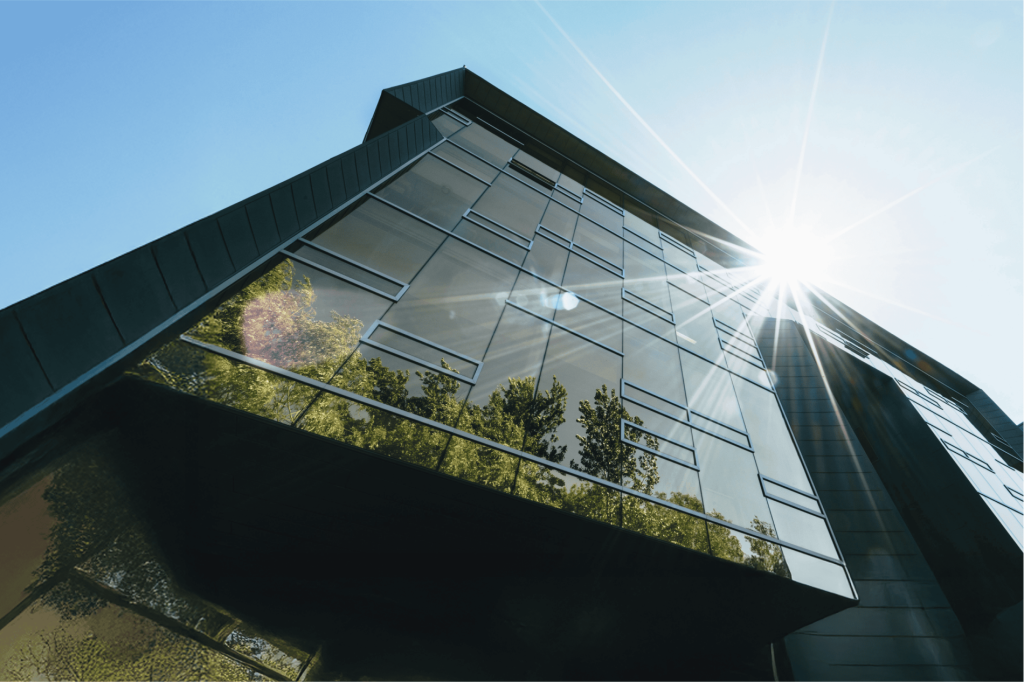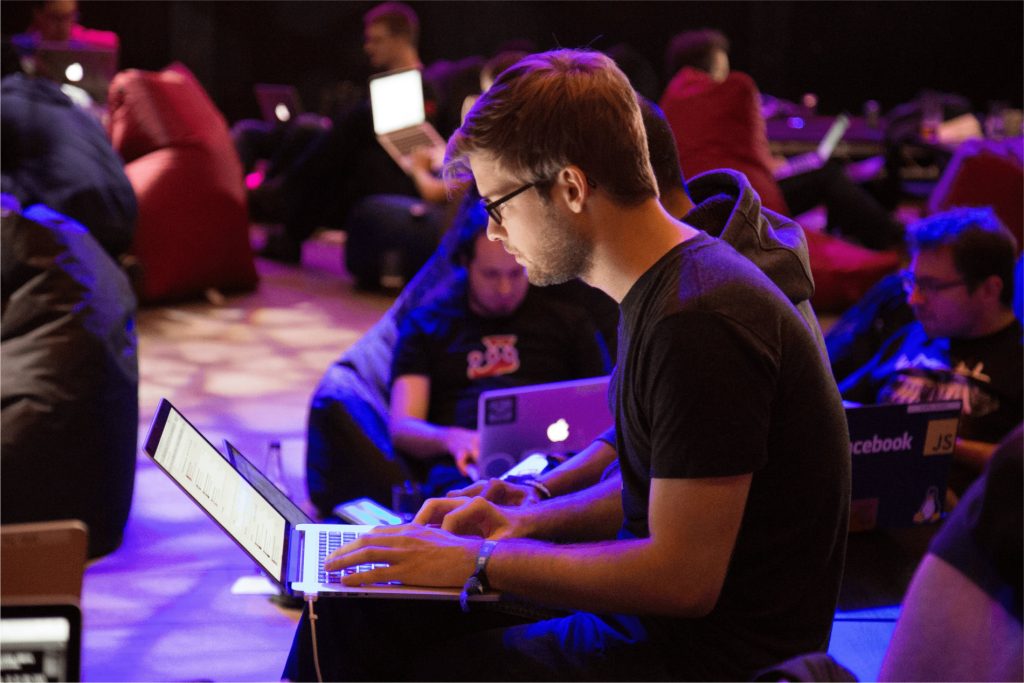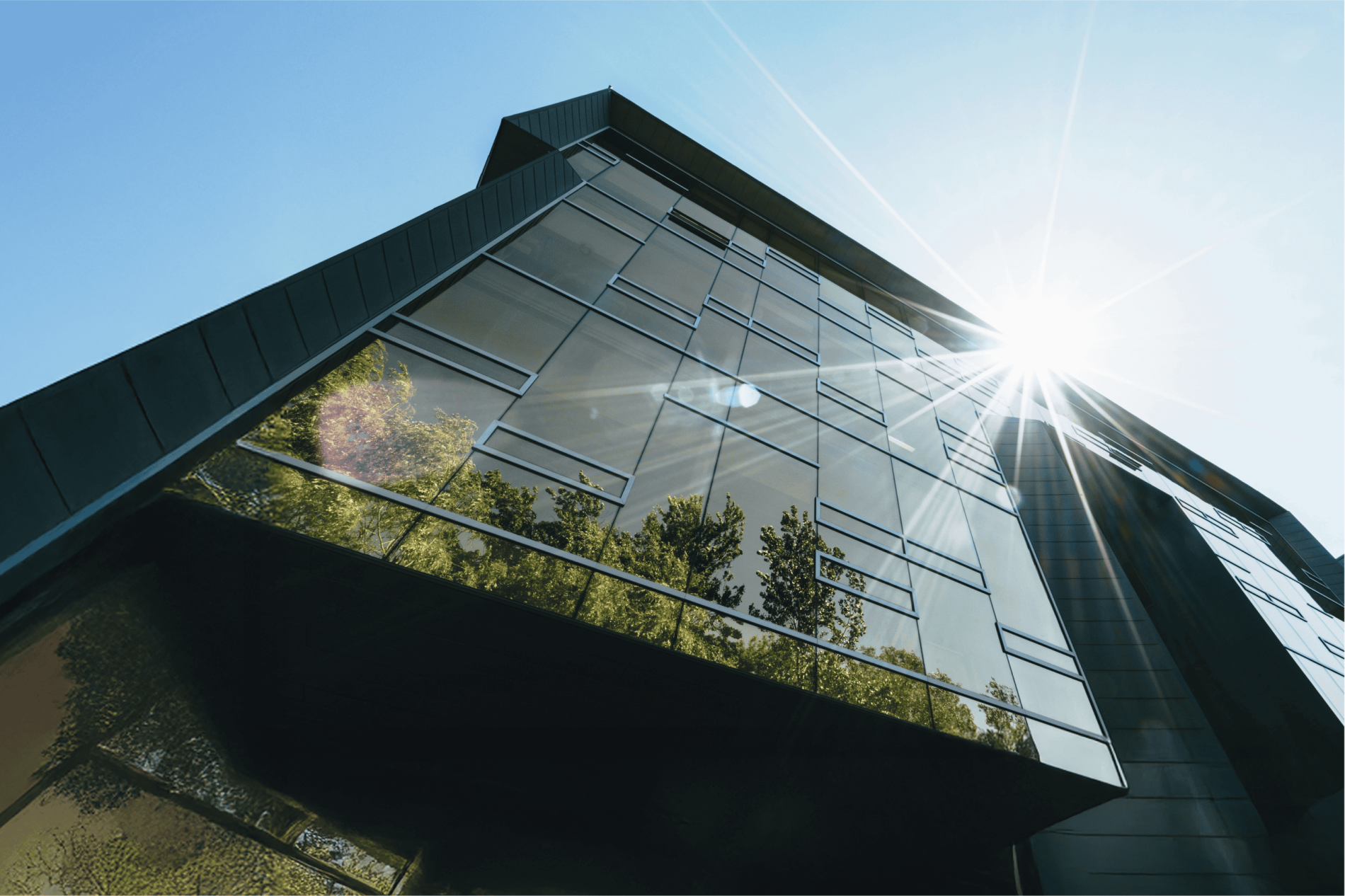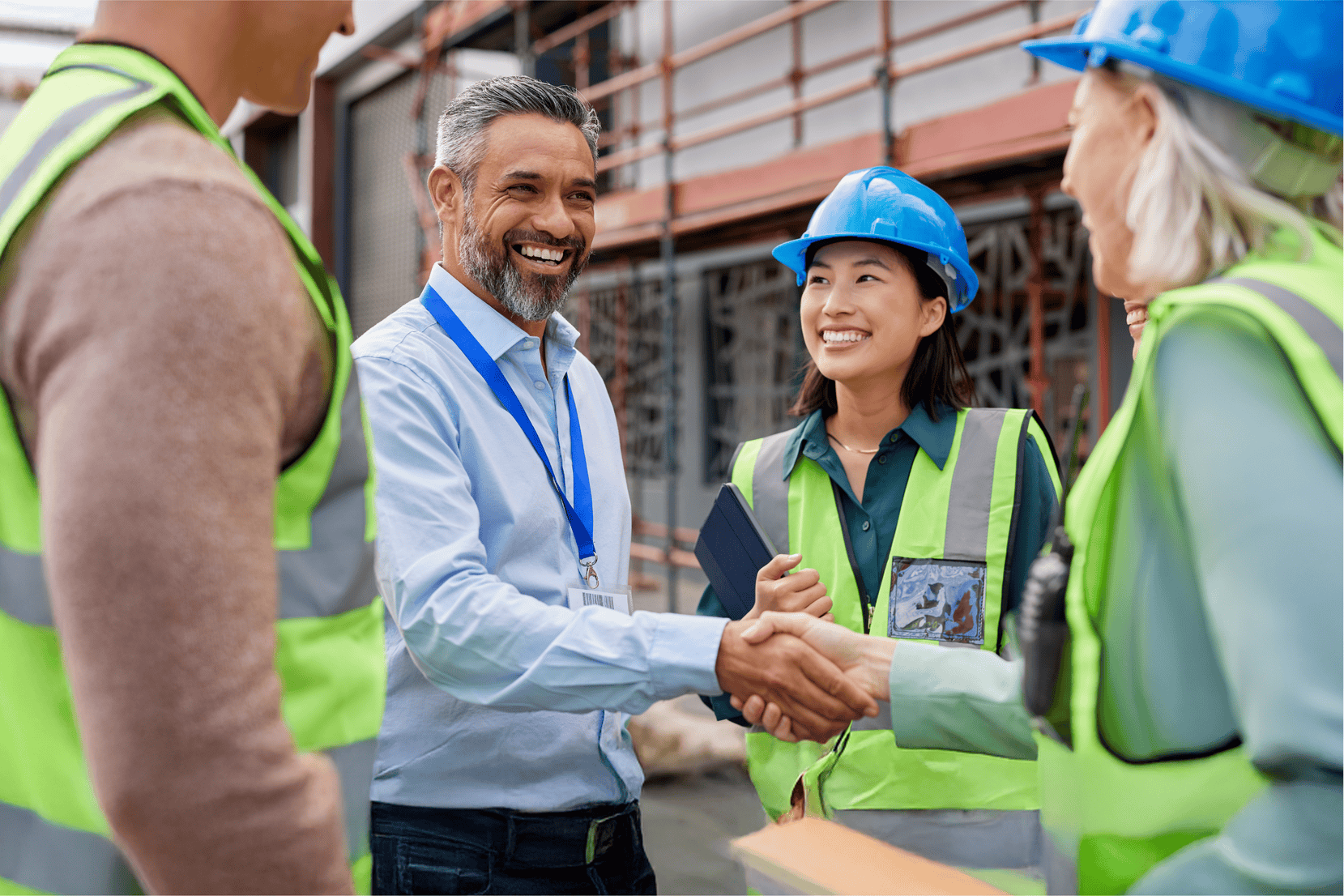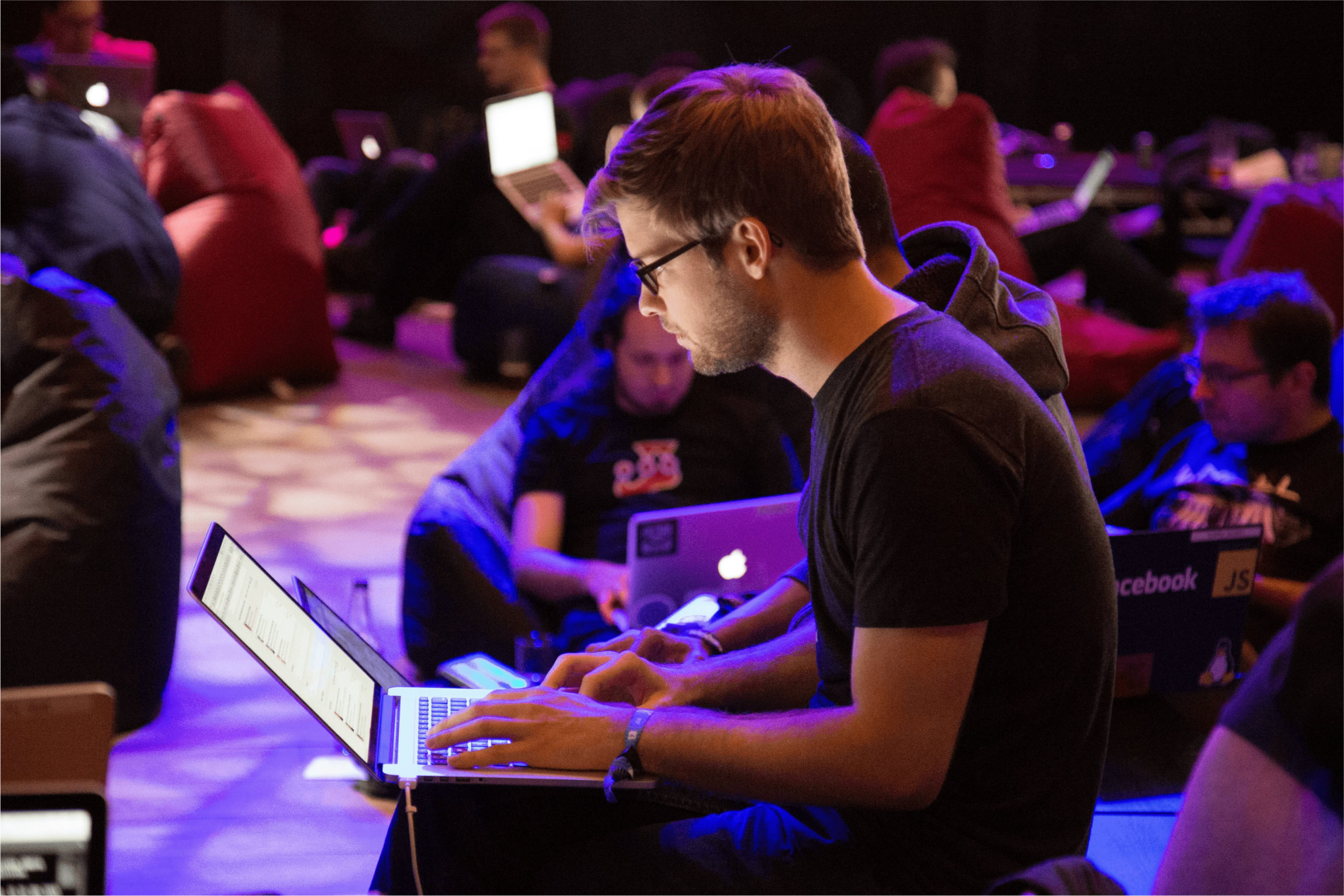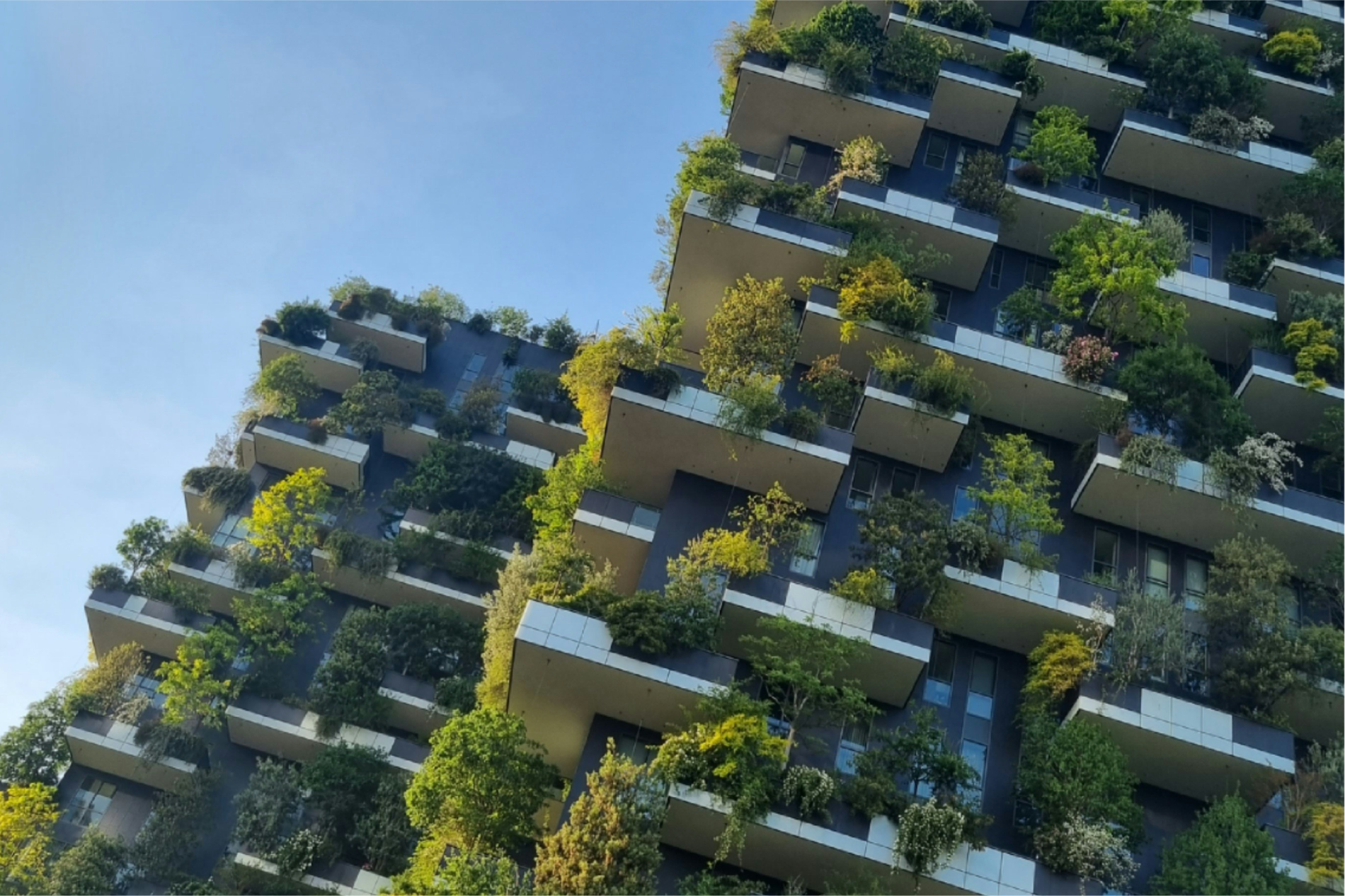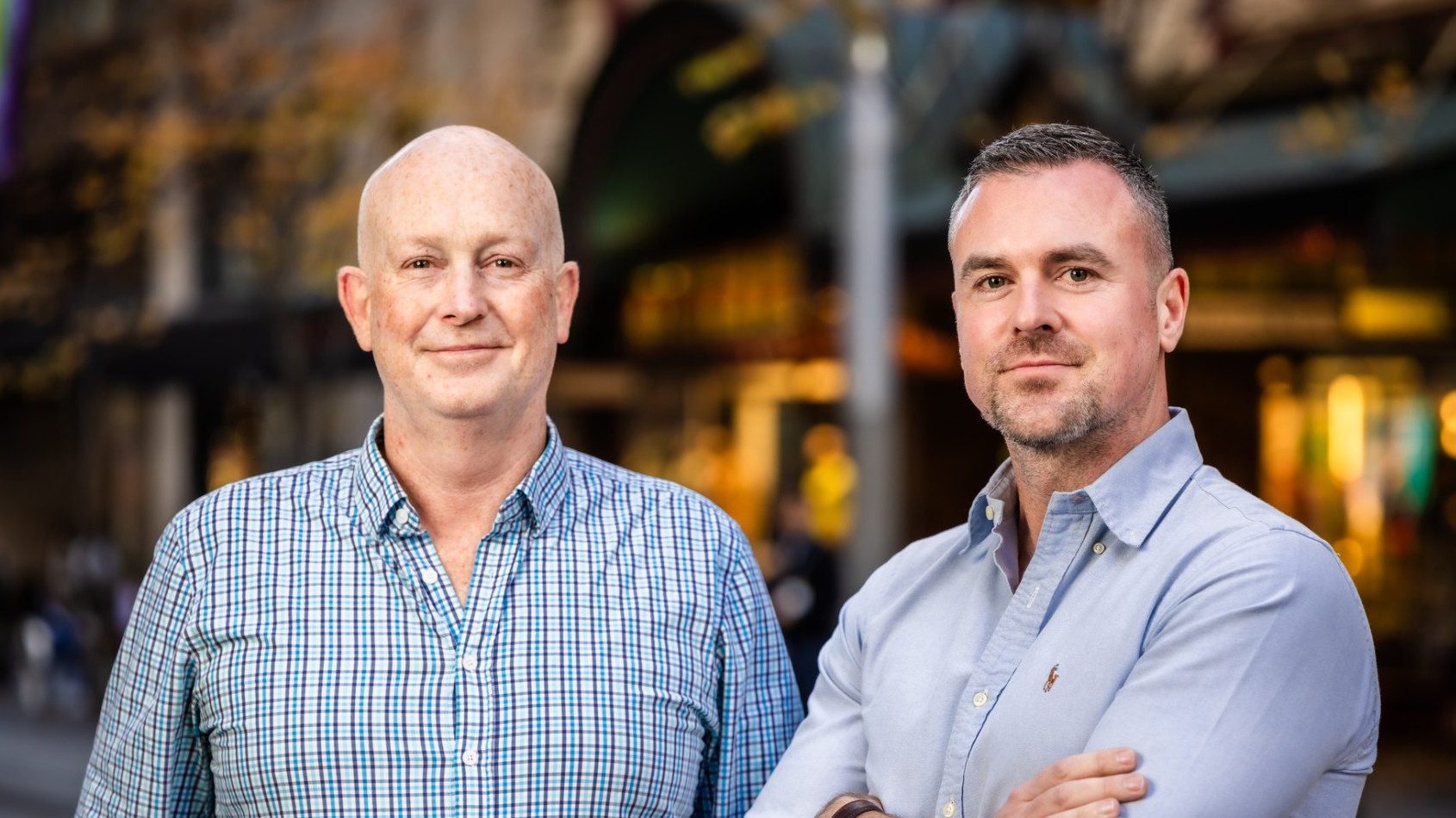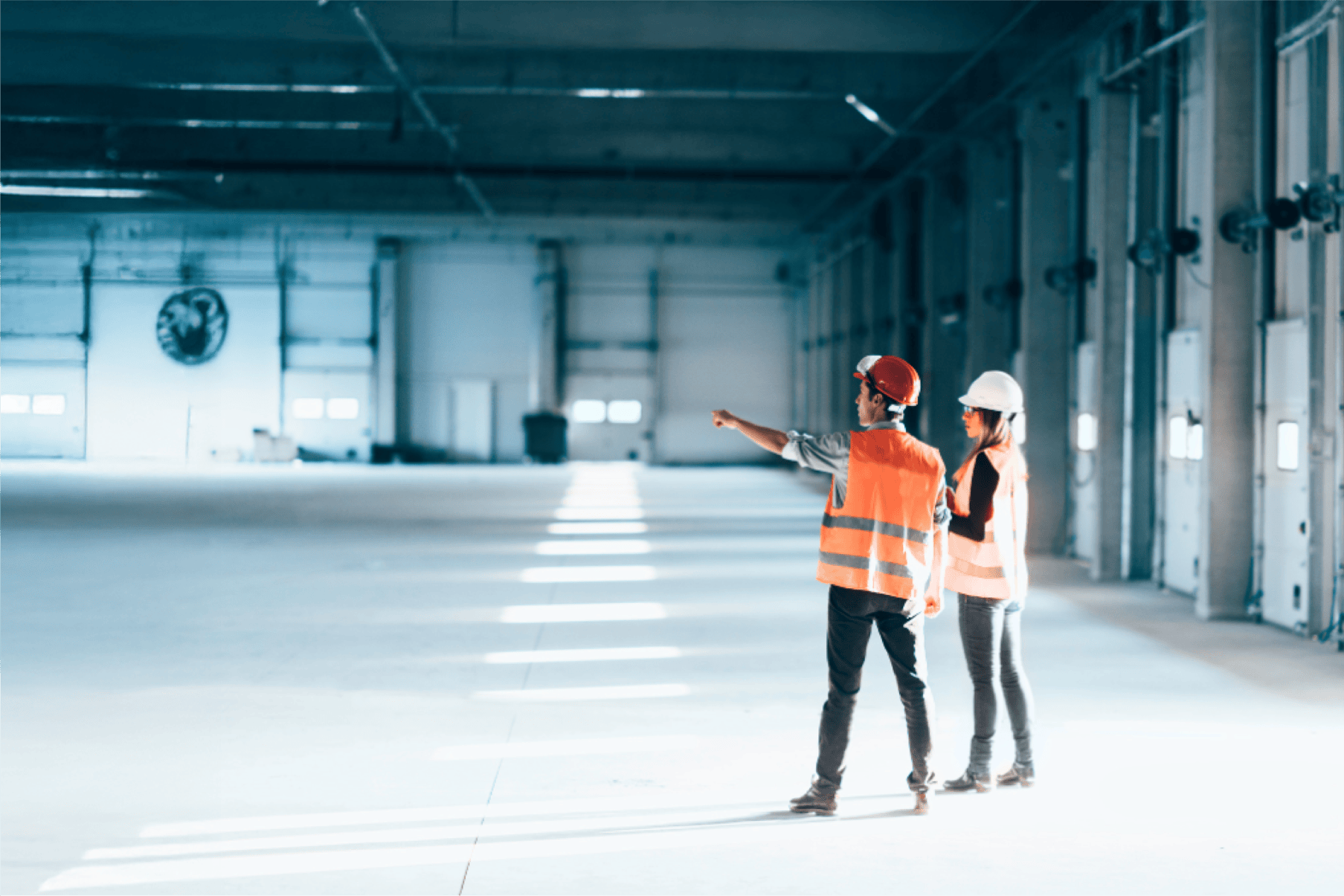
August 21, 2025
As the construction industry faces mounting environmental scrutiny and evolving regulatory pressures, the call for sustainability has never been louder, or more urgent.
Long regarded as one of the world’s most resource-intensive sectors, construction accounts for an estimated 40% of global carbon dioxide emissions. In response, the industry is undergoing a profound transformation, shifting towards practices that not only meet environmental expectations but also unlock long-term operational and economic value.
But technology and building materials alone won’t drive this shift.
At the heart of sustainable construction lies something even more critical: people. The future of green building depends on a new wave of professionals who are not only technically skilled but also deeply aligned with sustainability values. For firms across Australia, the ability to identify, attract, and retain these individuals is fast becoming a strategic differentiator, one that separates progressive, future-ready businesses from those struggling to meet new demands.
Building Responsibly in a Resource-Hungry Sector
The traditional construction model is being redefined. Rising costs, material scarcity, climate change impacts, and a more environmentally conscious public have created a landscape where business-as-usual simply doesn’t cut it.
Enter sustainable construction: an approach that reduces environmental impact at every stage: from planning and design to materials, energy use, and long-term building performance. It’s an ethos that champions efficiency, resilience, and responsibility, underpinned by choices that benefit both the planet and the communities we build for.
This is where strategy meets impact. Sustainable buildings don’t just comply with evolving regulations—they actively improve health outcomes, reduce long-term operational costs, enhance asset value, and elevate brand reputation. Developers, civil contractors, and project leaders who adopt these principles early are already seeing returns: financial, reputational, and environmental.
Sustainable building practices can include using recycled or responsibly sourced materials like FSC-certified timber, integrating renewable energy systems, and designing for energy and water efficiency. The ripple effect is considerable: lower operating costs, reduced emissions, improved indoor air quality, and community-wide benefits such as reduced urban heat island effects.
The Talent Gap: A Critical Hurdle in the Green Transition
Despite the clear momentum, one pressing challenge remains: a shortage of talent equipped to deliver on sustainability goals.
This isn’t just about finding architects who can design to Green Star standards or engineers who understand energy modelling. It’s about building entire project teams, from trades and site managers to ESG analysts, who are invested in sustainable outcomes and capable of navigating complex compliance requirements, green technologies, and innovative materials.
In short, we’re not just hiring for skill, we’re hiring for values and vision.
That’s where recruitment must evolve. Companies that take a proactive, values-led approach to talent acquisition will be best positioned to shape Australia’s low-carbon future. Whether it’s communicating your environmental credentials, investing in training, or fostering a culture of responsibility, your workforce strategy matters as much as your building strategy!
Attracting the Right People Means Telling the Right Story
In an increasingly purpose-driven employment market, green building professionals are looking beyond salary. They’re choosing to work for companies that mirror their environmental concerns, offer real impact opportunities, and invest in their growth.
According to the World Economic Forum, one of the key shifts in global construction is the drive toward net-zero and carbon-neutral development. This is not a technical challenge alone, it’s a human one. Recruiting professionals who are passionate about sustainability, and equipping them to lead this transition, will define whether businesses thrive or fall behind.
To meet this expectation, construction firms need to articulate their sustainability commitments clearly, and live them daily. This could mean showcasing carbon reduction targets on your careers page, highlighting case studies of past sustainable builds, or offering learning pathways in emerging green technologies. It also means creating a workplace culture where environmentally responsible decision-making is rewarded, and where sustainability isn’t a siloed initiative but a shared goal.
For companies competing in a tight market for sustainable construction jobs in Australia, these elements are no longer optional – they’re essential.
Why Your Recruitment Strategy Is Now a Sustainability Strategy
Just as building design has moved towards integrated, holistic models, recruitment must follow suit. A siloed hiring approach won’t cut it when you’re trying to build a team capable of delivering large-scale ESG-focused projects or pushing innovation in materials science and construction methodology.
Instead, green building talent acquisition must be embedded within broader business strategy. This means aligning HR and leadership around sustainability goals, forecasting future talent needs in emerging specialisations (such as digital twins or life-cycle assessments), and building partnerships with recruiters who understand the green skills landscape.
Forest Stewardship Council (FSC) research suggests that demand for sustainably sourced materials is rising alongside a growing need for professionals who understand how to incorporate them into design, construction, and procurement processes. Construction companies that can recruit these professionals early will gain a serious competitive advantage.
It’s also about ensuring your internal teams are supported. Retention is just as critical as acquisition, especially in a competitive market. Companies that offer structured L&D pathways, visible career progression, and flexible, wellbeing-oriented cultures will hold onto their most forward-thinking talent.
A Future Worth Building
The future of construction in Australia will be shaped not only by the policies we pass or the materials we adopt, but by the people we choose to lead the transition. Sustainability is no longer a standalone initiative. It is, and must be, a core pillar of workforce planning.
At TalentWeb, we specialise in helping construction, engineering, and property businesses connect with professionals who are ready to build that future. Whether you’re delivering a net-zero development, responding to ESG requirements, or reshaping your talent pipeline, we’re here to ensure you have the right people on your team.
Contact TalentWeb today to develop a tailored strategy for sourcing the green talent shaping Australia’s built environment.
